After Record Spending in Free Agency, Where Does Rangers' Payroll Stand?
The Texas Rangers now have all of their rostered players under contract. Over the past two days, the Rangers settled with their four arbitration-eligible players and signed 28 of their 29 pre-arbitration players to one-year contracts. Only Adolis García had his contract renewed by the club—at the same figure the club initially offered.
With all 41 players now under contract (full 40-man plus Jonathan Hernández on the 60-day Injured List), the Rangers likely have done the majority of the work toward shaping their 2022 roster by this point. The first game of the season will take place in 15 days. So, unless an opportunity to upgrade presents itself, the Rangers likely have the 28 players that will take the field on April 8 in camp right now.
To this point, here is where the Rangers stand in terms of payroll:
Guaranteed Major League Contracts
Players: Corey Seager, Marcus Semien, Jon Gray, Brad Miller, Kole Calhoun, Garrett Richards, Martín Pérez, José Leclerc (projected to start on 60-day IL), Kohei Arihara (non-roster)
TOTAL: $101,550,000
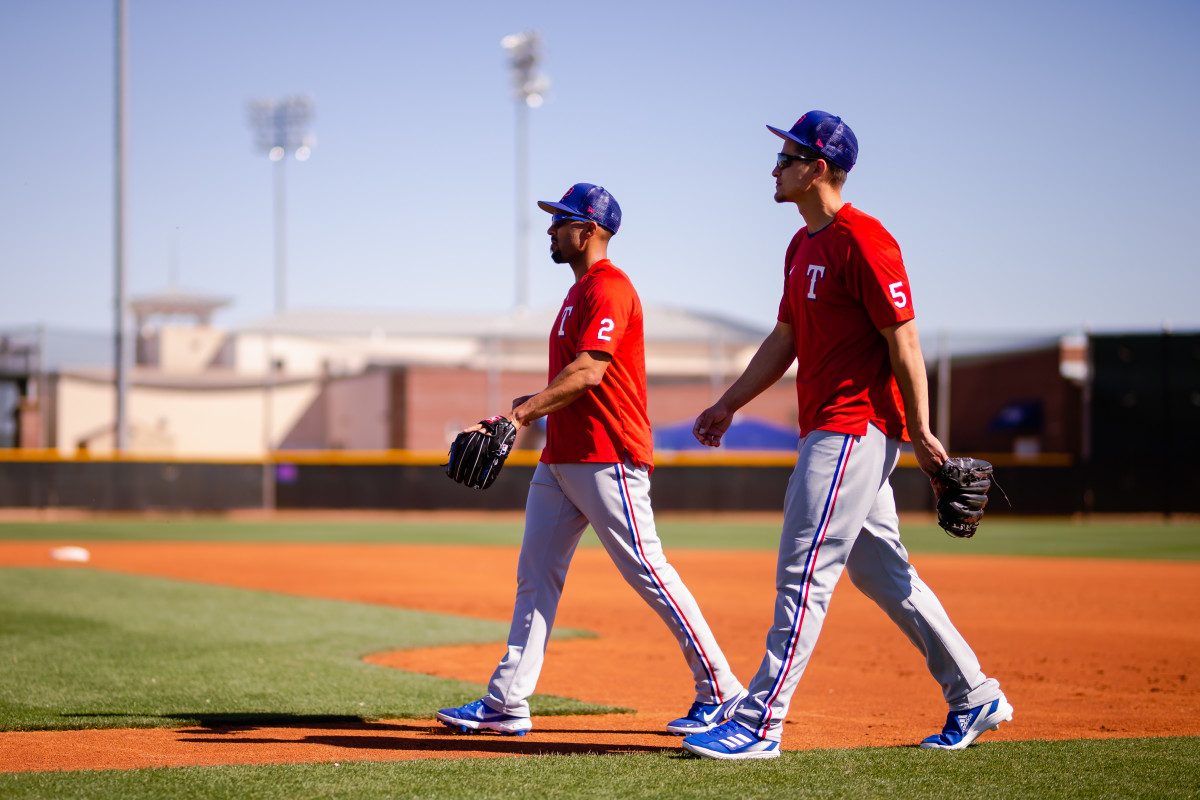
Marcus Semien (left), Corey Seager (right)
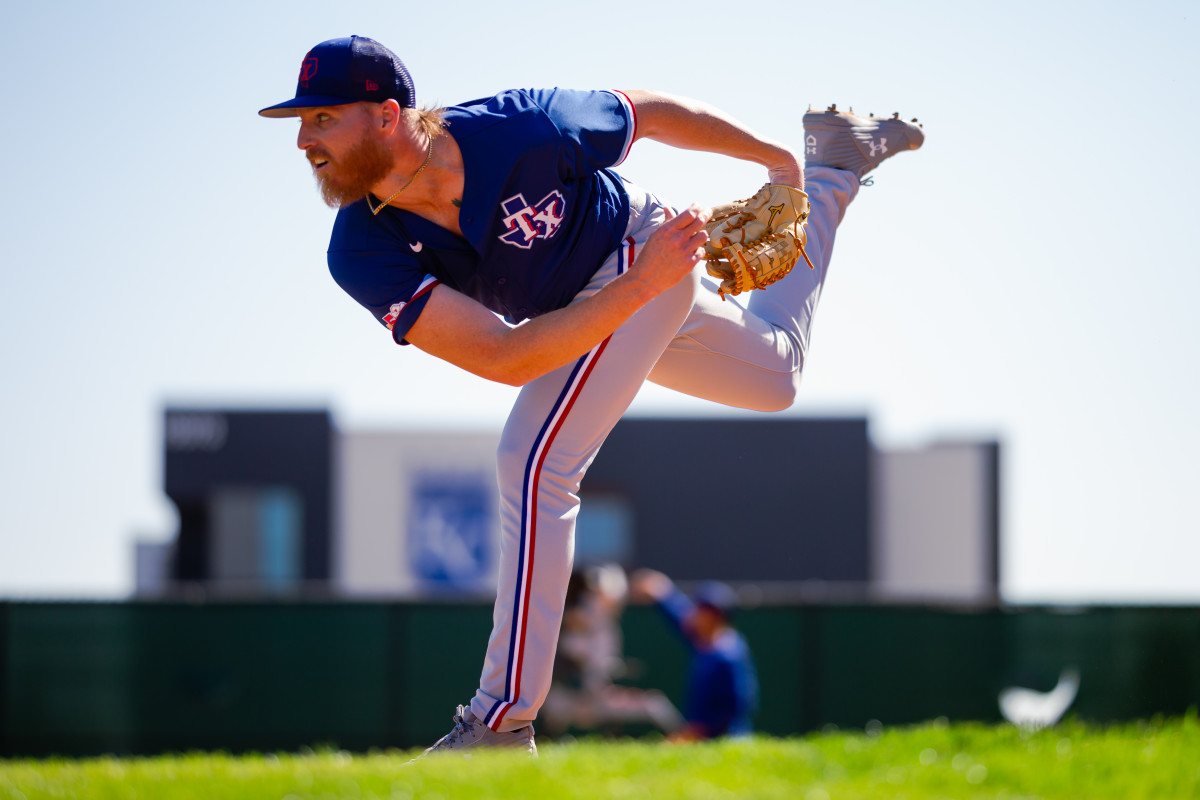
Jon Gray
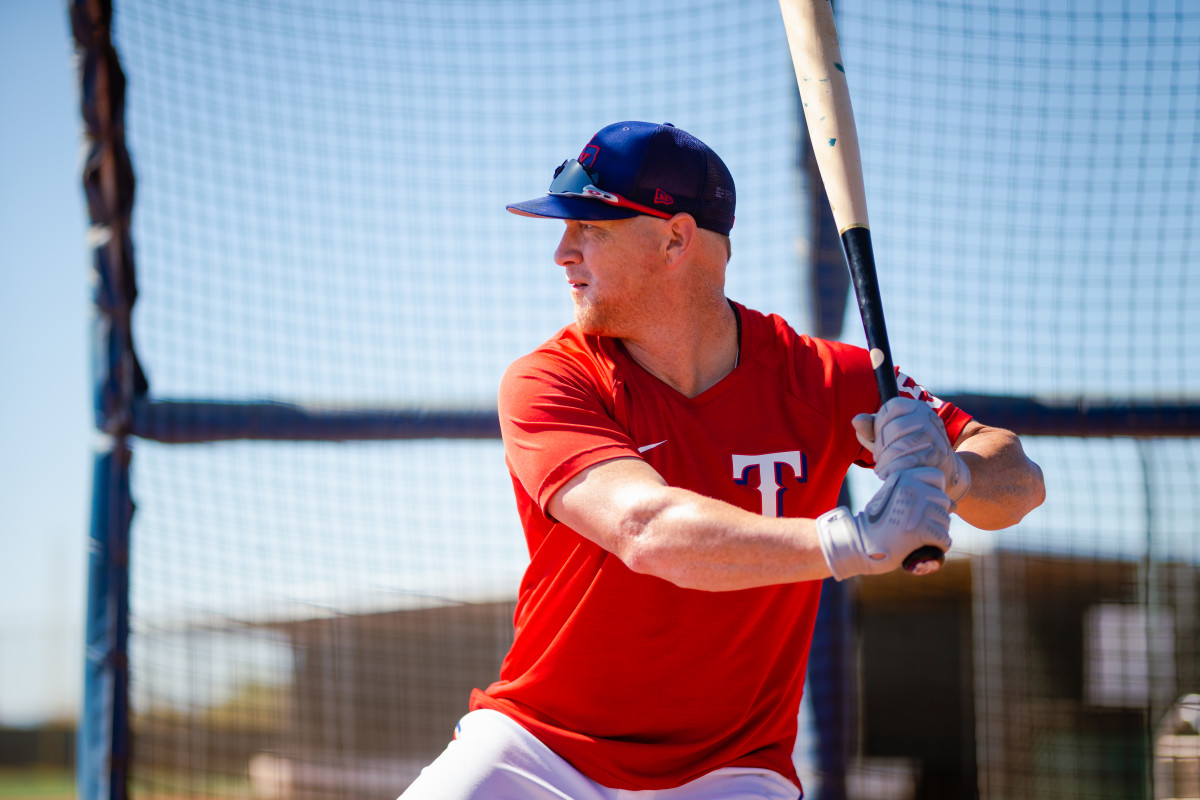
Kole Calhoun
Arbitration-Eligible Players
These figures become guaranteed once the players break camp with the club.
Players: Mitch Garver, Willie Calhoun, Taylor Hearn, Brett Martin
TOTAL: $6,710,000
Pre-Arbitration Players
These players only earn their Major League salary while they are on the active roster or MLB Injured List. With rosters expanding to 28 players at the start of the season, and making room for a couple non-roster invitees (NRI) to potentially make the Opening Day roster, we'll reserve 15 spots for pre-arbitration players.
While we know the MLB figures for each pre-arbitration player on the 40-man roster, all but Spencer Patton ($1,480,000) are paid in a range between $702,000 and $720,000, so we have to estimate.
ESTIMATED TOTAL: $11,450,000
Potential Non-Roster Players
Typically, a few NRIs make the Opening Day roster. This is difficult to predict since adding any NRI requires a 40-man roster spot to be vacated. When Leclerc is added to the 60-day IL, that will clear one spot. But any other spots would require designating a player for assignment, which leads to the possibility of losing that player through waivers.
For now, we'll be conservative and put two NRIs on the Opening Day roster. The highest Major League salary of any NRI in camp is Matt Moore, whose contract pays him a base salary of $2.5 million on the MLB side. The lowest MLB salary of any NRI is $1 million.
We'll shoot in the middle with two players who have a realistic chance of making the roster: Charlie Culberson and Greg Holland. Again, this is difficult to predict as we are still two weeks away from the start of the season, so consider this to be a rough estimate.
TOTAL: $3,850,000
60-Day Injured List
Players: Jonathan Hernández (Tommy John)
José Leclerc (Tommy John) will join him eventually, but we've already counted his salary under guaranteed contracts.
TOTAL: $720,000
Retained Salaries
The Rangers only have two retained salaries on the books. As part of the Rougned Odor and Elvis Andrus trades, the Rangers agreed to pay a portion of the remaining salaries in both cases.
In 2022, the Rangers will pay $7,250,000 of Andrus' salary and $11,633,333 of Odor's salary. Odor's original 2022 salary was $12,333,333, but the New York Yankees agreed to pay the league minimum of Odor's salary in 2021 and 2022, per source. The league minimum is $700,000 this season.
TOTAL: $18,883,333
Estimated Opening Day Payroll: $143,163,333
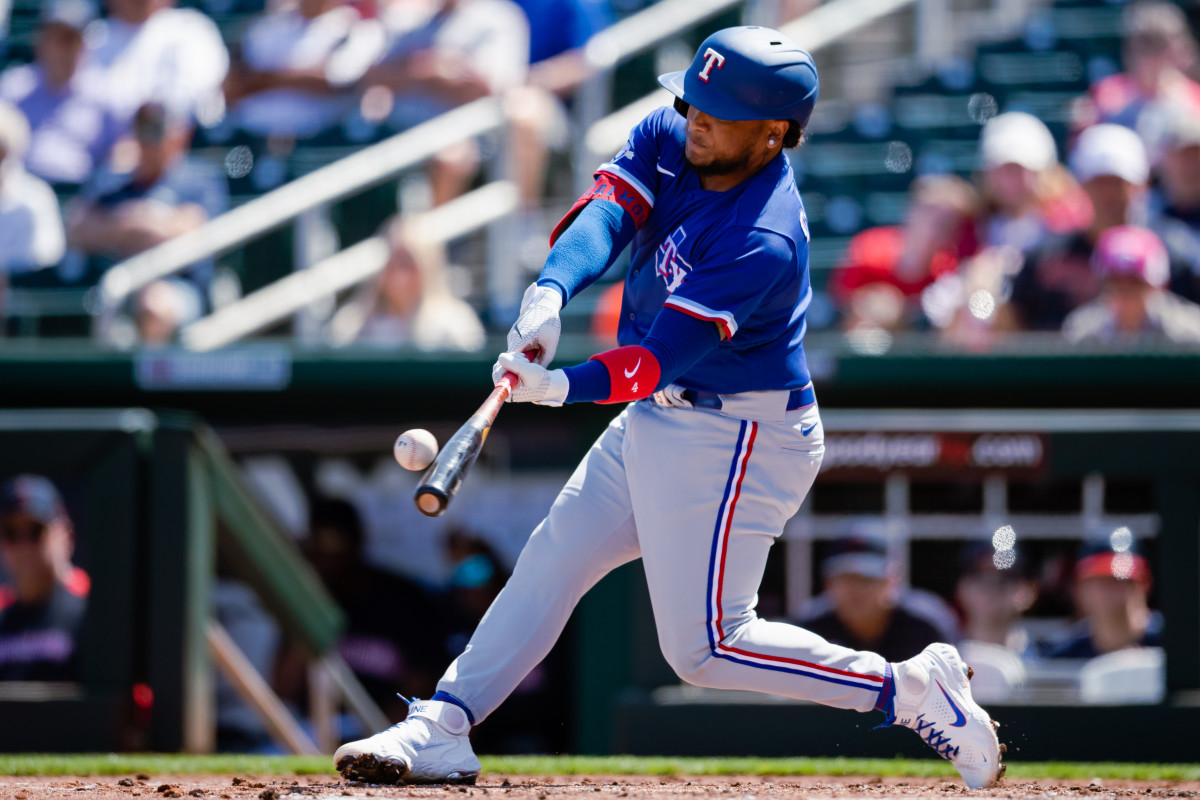
Willie Calhoun
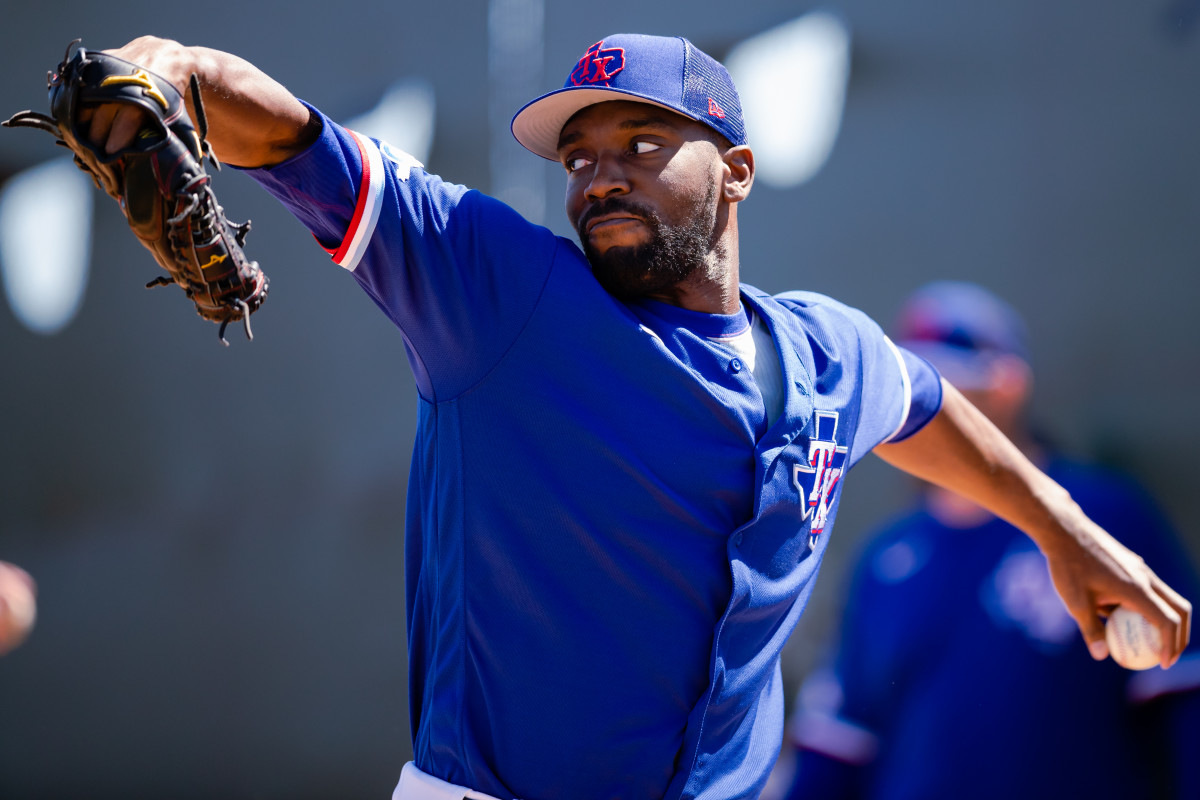
Taylor Hearn
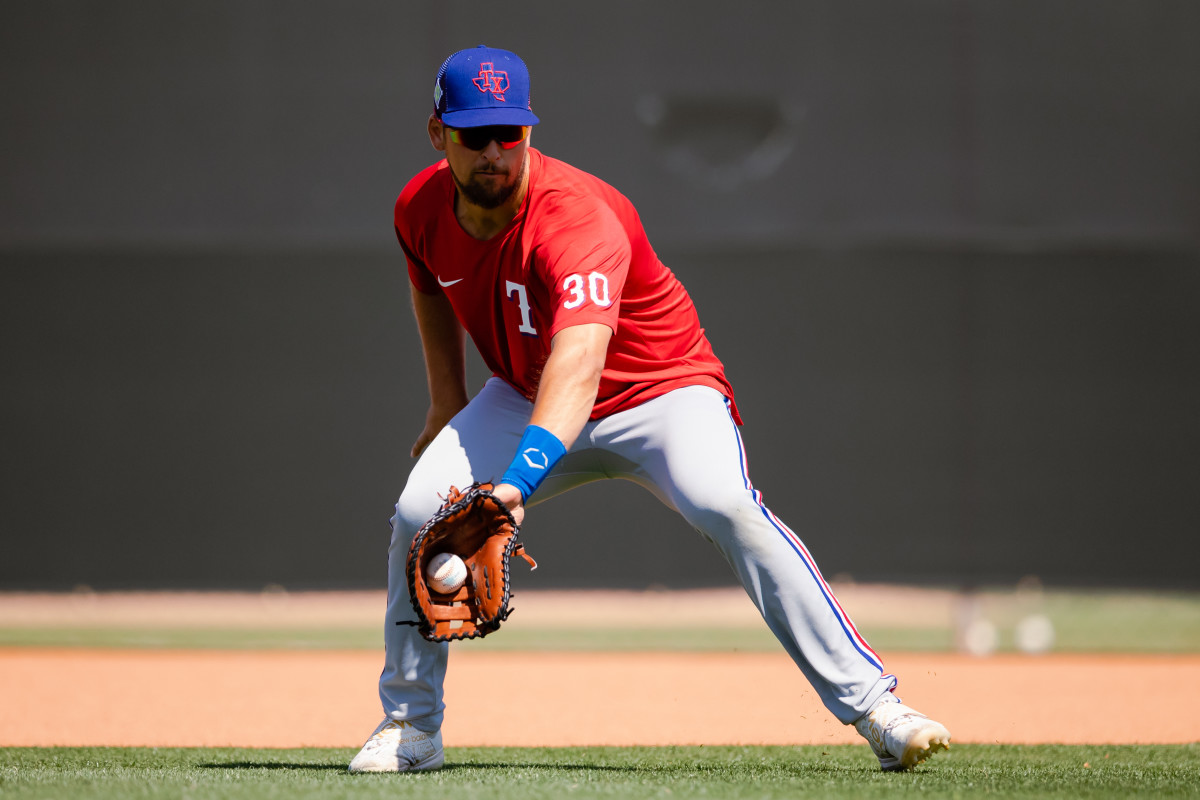
Nathaniel Lowe
Competitive Balance Tax Payroll
There is a difference between how actual payroll is paid versus how it is calculated for CBT purposes. For example, Corey Seager will earn a salary of $33 million this season. However, the average annual value (AAV) of the contract is counted toward the CBT, not the actual salaries earned. Seager's contract pays him $325 million over 10 years, so his AAV is $32.5 million. That is the figure counted toward the CBT payroll.
In addition to the AAV of all the rostered players, there are a number of other costs that are calculated toward the CBT payroll, including player benefits and minor league salaries. In addition, the money paid toward the new $50 million bonus pool for pre-arbitration players is counted toward the CBT payroll. These figures are not added up until the season ends, so we have to rely on estimates.
There are four thresholds in the CBT, with the first one set at $230 million in 2022.
- 40-man AAV payroll: $120,717,500
- Retained salaries: $18,883,333
- Estimated player benefits: $16,000,000
- Estimated minor league salaries: $2,500,000
- Payment toward $50 million pre-arb bonus pool: $1,666,667
Figures for estimated player benefits, minor league salaries and pre-arb bonus pool obtained from FanGraphs.
Estimated CBT Payroll: $159,767,500
CBT Space: $70,232,500
Takeaway
The Rangers clearly have plenty of room to add more impact players as they pivot toward contention mode. However, management has been clear they want to maintain flexibility to add pieces in future offseasons.
Next year, the first CBT threshold will increase to $233 million and the $18.883 million in retained salaries will be off the books. That already adds nearly $22 million to the estimated $70.2 million they have in space below the tax this year.
The Rangers surely would like to see what younger players take the next step to establish themselves as part of the core moving forward while maintaining flexibility to address any weaknesses on the roster next winter and the several following offseasons.
